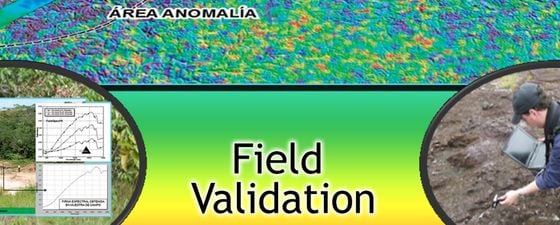What is Remote Sensing? (A hint: it is not rocket science!)
Remote sensing is a very efficient and effective tool for oil and gas exploration, since it enables the quick acquisition of relevant information and target definition in areas of considerable extent or difficult access, providing an appropriate context for decision making as to further exploration efforts.
Using its classic definition, remote sensing is the science and technology of gathering information about an object through the analysis of data acquired by a device that is not in physical contact with it. Such an object, usually an area of interest in an oil and gas exploration program, can be identified, characterized and defined from sensors mounted on board satellites, airplanes or helicopters.
Optical remote sensing sensors acquire data through visible, near and shortwave and thermal infrared, which form images of the earth’s surface by detecting the solar radiation reflected or absorbed and emitted from targets on the ground. Different materials reflect, absorb and emit differently at different wavelengths; thus, targets can be differentiated by their spectral reflectance signatures in the remotely sensed images.
The reflectance spectrum of a material, being the fraction of radiation reflected as a function of the incident wavelength, serves as a unique signature for the material. This material can therefore be identified from its spectral reflectance signature if the remote sensing sensor has sufficient spectral resolution to distinguish its spectrum from those of other materials. A multispectral imaging sensor is a multichannel detector with several spectral bands, while hyperspectral imaging sensors acquire images in a hundred or more contiguous spectral bands.
Furthermore, some remote sensing satellites and airborne active sensors emit pulses of microwave radiation which illuminate the areas to be imaged; these are called Synthetic Aperture Radar (SAR) Sensors. Images of the earth’s surface are formed by measuring the microwave energy scattered by the ground or sea back to the sensors. These satellites carry their own ‘flashlight’ emitting microwaves to illuminate their targets. The images can, therefore, be acquired day and night and have the additional advantage that they can penetrate clouds, so images can be acquired even when the earth’s surface is shrouded in mist.





